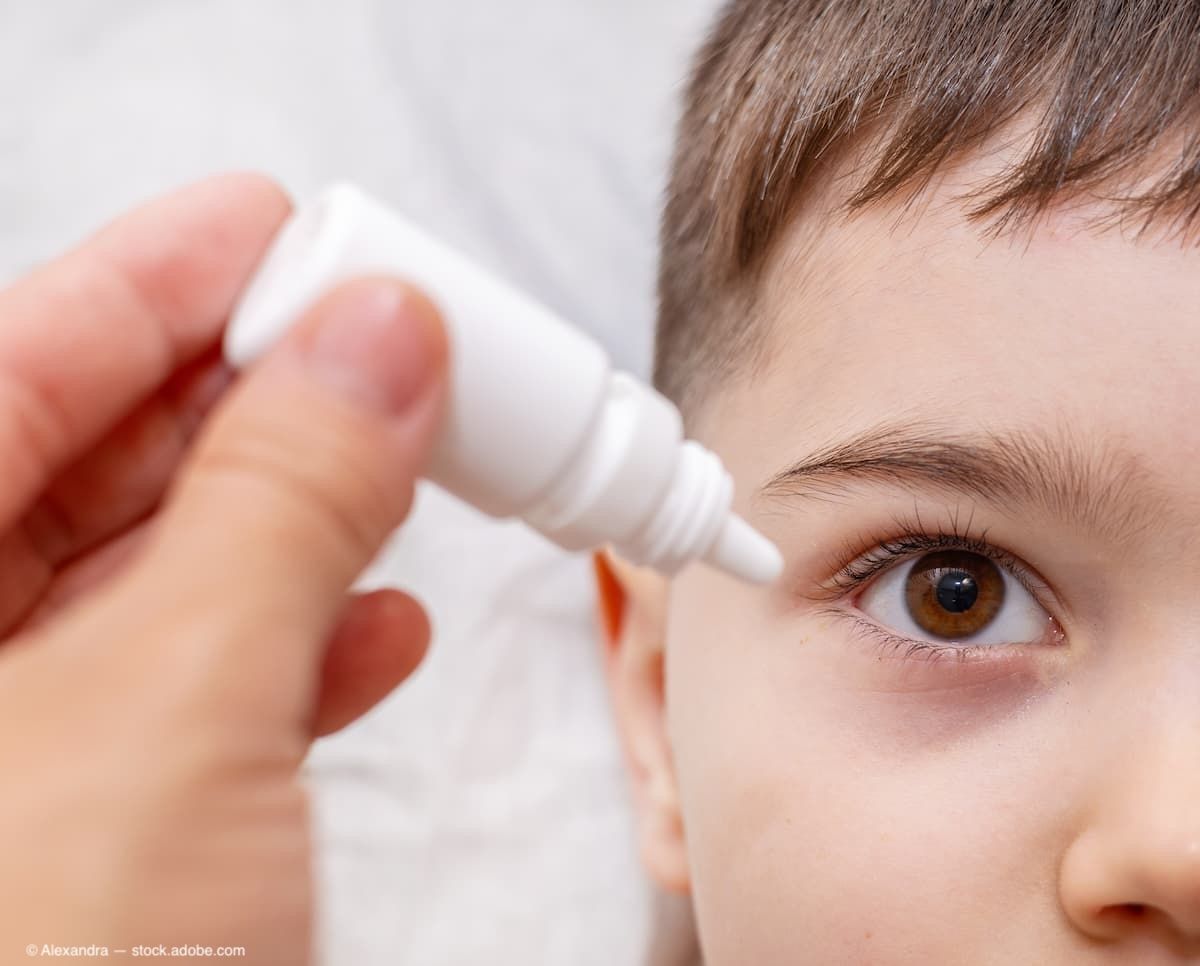Article
Cataracts could be detected early with NASA device
Researchers are studying the use of a NASA device to reveal the development of cataracts before a patient's vision clouds over.
Washington, DC-Researchers are studying the use of a NASA device to reveal the development of cataracts before a patient’s vision clouds over. The noninvasive test can determine whether the eyes are losing the natural compound that keeps cataracts at bay.
The device also would allow for easier testing of whether certain medications might slow or prevent cataracts from forming in the first place. People who knew they were vulnerable to cataracts could respond by reducing risk, for example, by avoiding cigarette smoke, improving their diet, and wearing sunglasses.
Research began when Rafat Ansari, a NASA senior scientist with the agency’s John Glenn Research Center in Cleveland, developed a low-powered laser light device to assist astronauts with experiments growing crystals in space. Since his space laser measures proteins that make up crystals, Ansari invested whether the device also could spot cataract-related proteins.
At the National Eye Institute, researchers tested 235 people ages 7 to 86 and found that alpha-crystallin decreased consistently both as lenses began to fog and as people with clear lenses aged.
"What we are really looking at is the reserve of this alpha-crystallin," Ansari told the Associated Press. It can "repair any damage if there is a certain concentration. If it depletes below that level then I think the game is over,” he said.
Researchers with NASA and the National Institutes of Health are now planning separate studies to see whether special formulations of antioxidants can slow the loss of alpha-crystallin.
Newsletter
Don’t miss out—get Ophthalmology Times updates on the latest clinical advancements and expert interviews, straight to your inbox.




